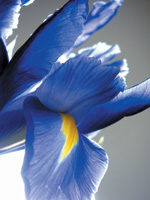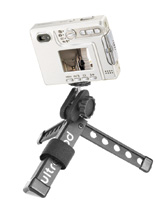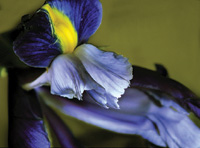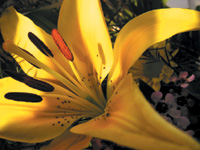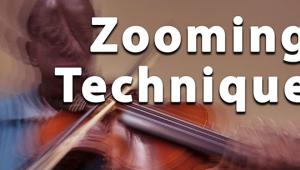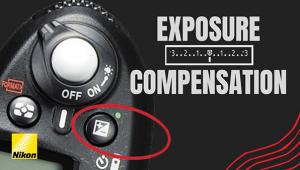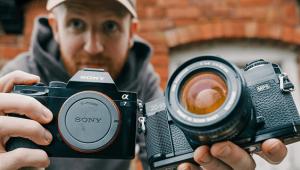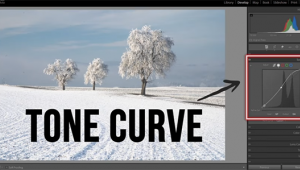Up Close & Personal; With Konica Minolta's DiMAGE Xg
Konica Minolta DiMAGE Xg
Quick Look Further Inforamtion When most people purchase
digital point-and-shoot cameras, it's because they want to capture
family memories, weddings, holidays, and other special moments. As Jerry
Seinfeld once said, "not that there's anything wrong with
it" but, you may be missing what someone else once called, "The
Joy of Photography." |
|||
The Good And Bad News |
|||
Up Close And Personal |
|||
Another important accessory
for macro work is a cable release because it minimizes camera shake which
is more exaggerated the closer any camera gets to the subject. Like most
moderately and some higher priced point-and-shoot cameras, the DiMAGE
Xg does not even have a place to plug in an electronic release. That's
one of the reasons a tabletop tripod braced against your body as a chest
pod works so well, allowing you to minimize camera movement. |
|||
Modes, Movies, And
Noise |
|||
I noticed how well the Xg controlled noise compared to more expensive and even higher megapixel count cameras. This is especially noticeable in low-light images, where the built-in Dark-Noise Reduction combines to reduce graininess while maintaining needed contrast to provide accurate reproduction of the scene. Motion Clips |
|||
The Konica Minolta DiMAGE Xg is the perfect pocket digital camera. It's easy to carry, but be sure to get the leather clip-on pouch. The Xg is also a great digicam for parents or grandparents and I've recommended it to many as a second (maybe third or fourth) camera for professional travel photographers when they want to be incognito. The Konica Minolta DiMAGE Xg is simply an amazing little camera; just make sure you never leave home without it. What's A Macro? |
|||
But the one that makes the most sense to me is Timothy Edberg's (http://www.edbergphoto.com/pages/Tip-macro-tools.html) and goes like this: Macro photography is simply another name for close-up photography. The closer you can focus on your subject the larger it will appear in the frame, which is the point to macro photography--to magnify small objects. Some purists insist that the term macro be reserved for images that are at least life-sized in the film--an object one inch long must record an image one inch long or longer in the film to count as macro to these folks." Check out his website for some tips on making up close and personal images. Facts |
|||
Special Features Contact |
- Log in or register to post comments

